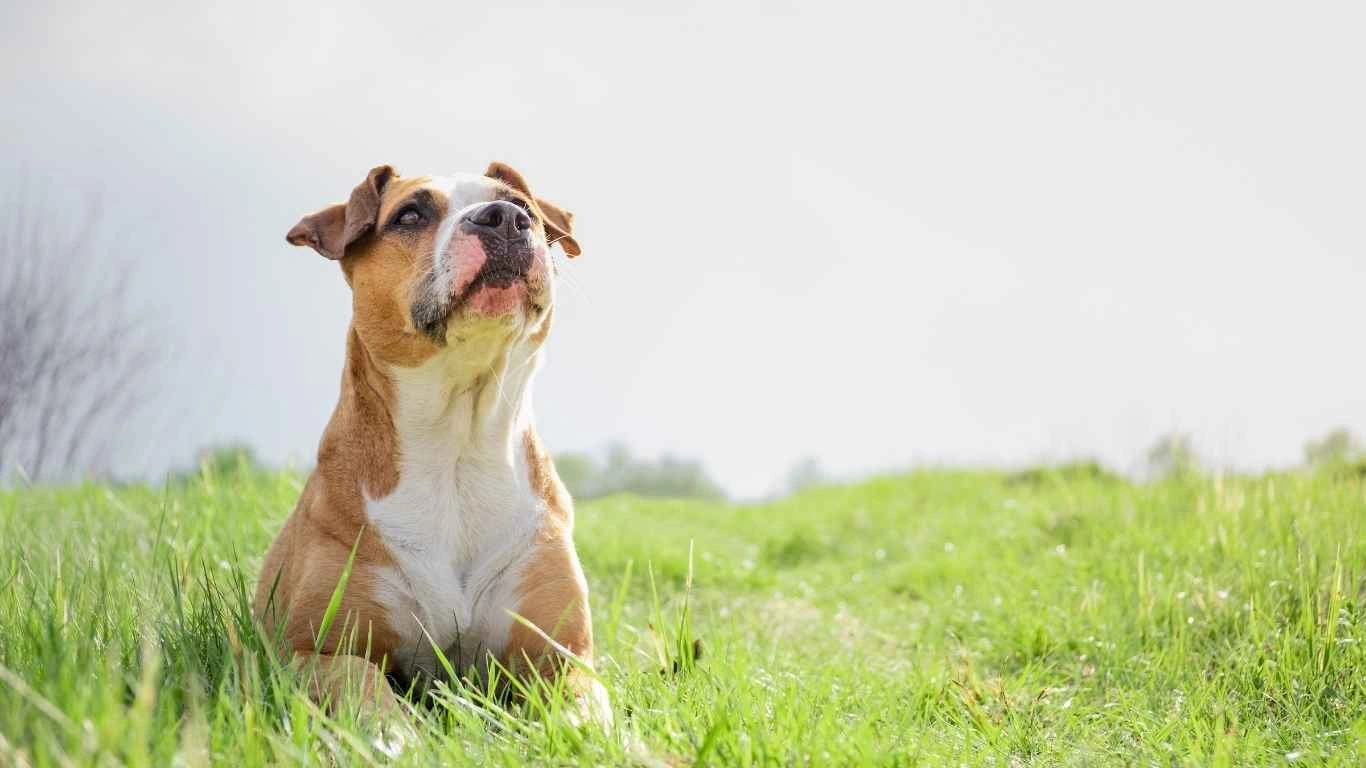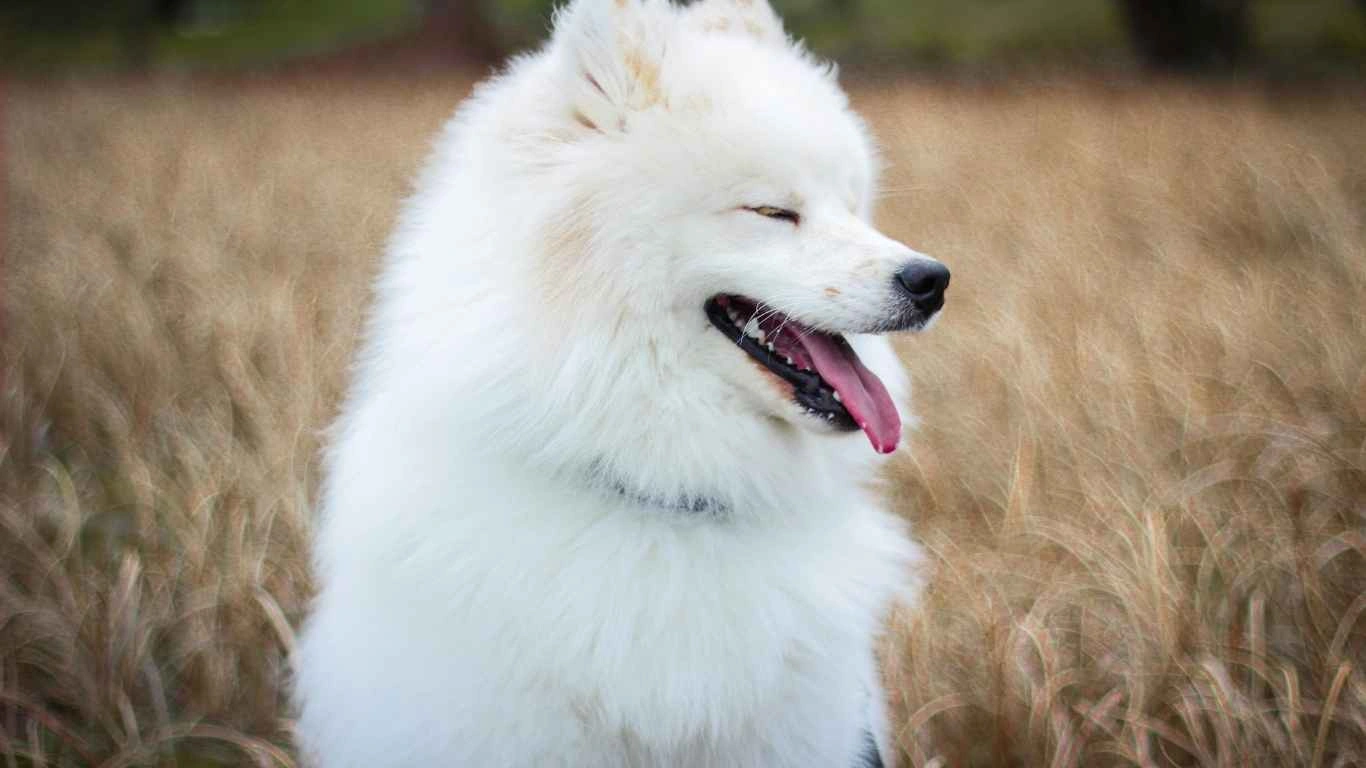Can Dogs Eat Peaches Without the Pit? Vital Info Every Owner Should Know
Ever found yourself munching on a juicy peach, only to look down and see your pup giving you that “Can I have some?” look? If you’re wondering, can dogs eat peaches without the pit?, you’re not alone. As someone who’s spent years working hands-on as an Animal Care Specialist in both pet clinics and shelters, I’ve seen plenty of pet parents bring in their fur babies after a fruity snack gone sideways. So let’s talk peaches—the sweet, fuzzy fruit that’s not always as innocent as it seems when it comes to your dog’s health.
Are Peaches Safe for Dogs to Eat?

Here’s the scoop—yes, dogs can eat peaches, but only in moderation and definitely without the pit. The peach flesh itself can actually be a tasty, vitamin-rich treat. It’s loaded with fiber, vitamin A, and antioxidants that support your dog’s immune system and digestion. However, and this is where I put on my “clinic mode” hat, the pit (or stone) is a major hazard.
I once cared for a Labrador mix who was rushed in because he had chewed through a whole peach, pit and all. His owner thought it was harmless—nature’s treat, right? Unfortunately, that pit was stuck halfway through his intestine and had to be surgically removed. Not only are pits a choking risk, but they also contain cyanide compounds. That’s not something you want lingering in your pup’s system, even in tiny amounts.
Why the Peach Pit Is a No-Go
Let’s break down the dangers of peach pits:
- Choking Hazard: Especially for smaller dogs, peach pits can get lodged in the throat or windpipe.
- Intestinal Blockage: Larger pieces can cause serious internal blockages requiring emergency surgery. I’ve seen this firsthand—it’s not pretty, and it’s not cheap.
- Cyanide Risk: The pit contains amygdalin, a cyanogenic compound. While it would take a lot to cause poisoning, why risk it?
Trust me, as someone who’s cleaned up more messes (and emotional breakdowns) from avoidable emergencies than I can count, you don’t want to learn the hard way with something as preventable as a fruit pit.
So… Can Dogs Eat Peaches Without the Pit?

Absolutely—with care. If you’re slicing up a fresh peach, make sure to remove the pit entirely and wash off any pesticides from the skin. I always suggest offering only a few small pieces at a time, especially if it’s your dog’s first taste. Every dog’s stomach reacts differently, and fruit is still a treat, not a meal.
Tips for Feeding Peaches Safely
- Go Fresh: Use fresh, ripe peaches—not canned or preserved varieties, which usually contain tons of sugar or artificial sweeteners like xylitol (which is toxic to dogs).
- Wash Thoroughly: Pesticides and wax coatings can be harmful. A quick rinse under warm water goes a long way.
- Slice into Bite-Sized Pieces: This avoids choking and makes digestion easier.
- Watch for Allergic Reactions: If it’s your dog’s first time trying peach, monitor for signs of upset stomach, itching, or unusual behavior.
One of the shelter pups I cared for—a sweet, nervous beagle named Rosie—was super picky about food. But I remember her going absolutely bonkers over tiny frozen peach slices in the summer. It was such a great alternative to processed treats, and it helped her cool down during those scorching July afternoons. It’s small moments like that where you see the value of natural, safe foods—when they’re given the right way.
Potential Health Benefits of Peach (Pit-Free!) for Dogs

When you follow the safety basics, peaches can offer more than just a yummy bite. Here’s what your furry friend gets in return:
- Vitamin A: Good for vision, skin, and immune function.
- Fiber: Helps with digestion and can regulate bowel movements.
- Antioxidants: Fight free radicals and may reduce inflammation.
- Hydration: Peaches are about 89% water, so they’re a refreshing snack on hot days.
But again, and I really can’t stress this enough: Moderation is key. Peaches have natural sugars, and too much fruit can lead to an upset stomach or even contribute to obesity over time—especially in less active or older dogs.
Can Dogs Eat Too Many Peaches Without the Pit?

Alright, so now that we’ve established dogs can eat peaches without the pit, here’s the next question I get asked a lot in the clinic: “What if they eat too much?” Let me tell you, just because something is technically safe doesn’t mean you should hand it out like candy. Peaches fall into that “safe but in moderation” zone.
There was this little bulldog named Benny—total food fiend. His human thought it’d be cute to toss him peach slices during a summer BBQ. By the end of the night, Benny had eaten what must’ve been half a peach. Cute in the moment, not so cute when he came in the next morning with a belly full of regret (and gas!).
Too much peach can cause:
- Digestive upset: Diarrhea or loose stools are super common.
- Gastrointestinal discomfort: Bloating, gassiness, or even vomiting in sensitive dogs.
- Excess sugar intake: Natural sugar is still sugar, and it adds up quickly—especially in smaller breeds.
Think of peach as a treat, not a staple. A few small slices once in a while? Totally fine. Half a fruit every day? Not ideal.
Signs Your Dog Shouldn’t Eat Peaches

While peaches are generally well-tolerated, not all dogs react the same. I’ve seen pups that do great with peaches, and others who act like they just licked a lemon. If you’re introducing it for the first time, keep an eye out for any of the following:
- Allergic reactions: Itchy skin, excessive licking, or red, watery eyes.
- Upset stomach: Vomiting, bloating, or changes in bowel habits.
- Lethargy or unusual behavior: If your dog seems “off” after eating peach, skip it next time.
If your dog already has a sensitive tummy or is dealing with health issues like diabetes, pancreatitis, or food allergies, talk to your vet before offering any fruit—even something as seemingly innocent as a peach slice. I’ve seen well-meaning pet parents accidentally make things worse by thinking “natural” always equals “safe.”
Are Some Dogs More Sensitive Than Others?
Absolutely. Older dogs, smaller breeds, or dogs with existing gastrointestinal conditions are more likely to react poorly. And then you’ve got the weirdos like Cooper—a rescue schnauzer I looked after—who could eat literally anything (yes, including a sock once), and never had an issue. But you just can’t bank on your dog being a Cooper.
Fun Ways to Serve Peaches (Without the Pit)

Okay, let’s shift gears and talk about the fun stuff. Once you know your dog can handle peaches without any bad reactions, here are some creative (and safe!) ways to serve them up:
- Frozen Peach Cubes: Puree the peach flesh and freeze it in silicone molds for a summer-safe treat.
- Peach & Yogurt Swirl: Mix a tiny spoonful of plain Greek yogurt with mashed peach for a gut-friendly snack. (Just make sure the yogurt is xylitol-free!)
- Peach Pupsicles: Blend peach, banana, and a splash of water, pour into ice cube trays, and freeze.
- Mixed Fruit Bowls: Combine small peach slices with dog-safe fruits like blueberries or apple chunks (minus the seeds, of course).
At the shelter, we used to make little frozen fruit cups in the summer, especially for the dogs in outdoor runs. Watching them gnaw at an ice block filled with peach and blueberries? Pure joy—and a great enrichment activity too.
Can Dogs Eat Dried Peaches?
Good question—and here’s my take: not the best idea. Dried peaches usually contain concentrated sugars, and some brands sneak in preservatives or even sweeteners like xylitol, which is highly toxic to dogs. Plus, they’re sticky and harder to digest.
If you’re set on dried fruit, look for unsweetened, additive-free varieties, and only offer a very small piece. But honestly? Fresh is better, always. Less processed, less risky, more hydrating.
Quick Peach Dos and Don’ts Recap
- ✅ DO remove the pit completely before offering any peach.
- ✅ DO wash the fruit to remove pesticides.
- ✅ DO cut into small, manageable slices.
- ❌ DON’T give canned or sweetened peaches.
- ❌ DON’T let your dog chew the pit—it’s dangerous!
- ❌ DON’T give too much at once.
At the end of the day, it’s about balance. I love using seasonal fruits like peaches as a way to bond with dogs and add some variety to their day—but only when it’s safe and smart. As someone who’s been elbow-deep in more than a few vet emergencies, I promise it’s better to be a little cautious than to end up with a sick pup and a big vet bill.
What to Do If Your Dog Eats a Peach Pit

So, you’ve turned your back for a second, and your dog has managed to snag a whole peach—pit and all. First off, take a deep breath. It’s a situation I’ve seen more than once in my years as an Animal Care Specialist, and while it’s serious, staying calm is crucial.
Immediate steps to take:
- Assess the situation: Determine if your dog has chewed or swallowed the pit whole. Chewed pits are more dangerous due to the release of cyanide.
- Contact your veterinarian immediately: Provide details about your dog’s size, the amount ingested, and any symptoms observed.
- Monitor for symptoms: Watch for signs like vomiting, difficulty breathing, or lethargy. These could indicate cyanide poisoning or intestinal blockage.
Remember, peach pits contain amygdalin, which can release cyanide when chewed. :contentReference[oaicite:0]{index=0} Additionally, the pit can cause choking or intestinal blockage. :contentReference[oaicite:1]{index=1}
Alternatives to Peaches: Safe Fruits for Dogs

If you’re hesitant about feeding peaches to your dog, there are plenty of other fruits that are safe and nutritious:
- Apples: Rich in fiber and vitamin C. Always remove the seeds and core.
- Blueberries: Packed with antioxidants and low in calories.
- Watermelon: Hydrating and low in calories. Remove seeds and rind.
- Bananas: High in potassium and fiber. Serve in moderation due to sugar content.
These fruits can be great treats, especially during hot weather. Just remember to introduce any new food gradually and monitor your dog for any adverse reactions.
References
- American Kennel Club: Can Dogs Eat Peaches?
- WagWalking: Peach Pits Poisoning in Dogs
- ASPCA: Peach
- Purina: Can Dogs Eat Peaches?
Disclaimer
The information provided in this article is based on my experience as an Animal Care Specialist and is intended for educational purposes only. It is not a substitute for professional veterinary advice. Always consult with your veterinarian before introducing new foods into your dog’s diet or if you suspect your dog has ingested something harmful.






